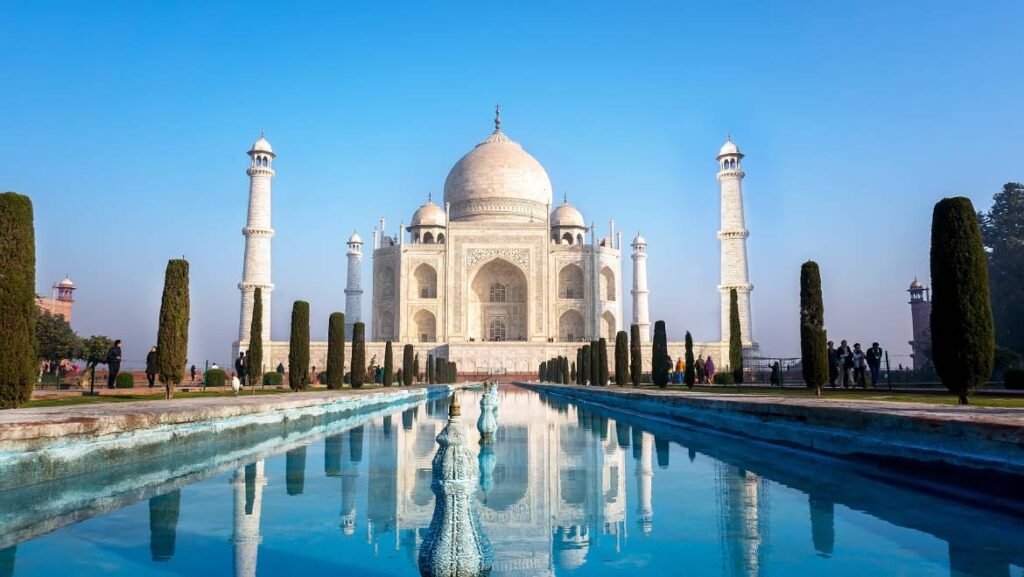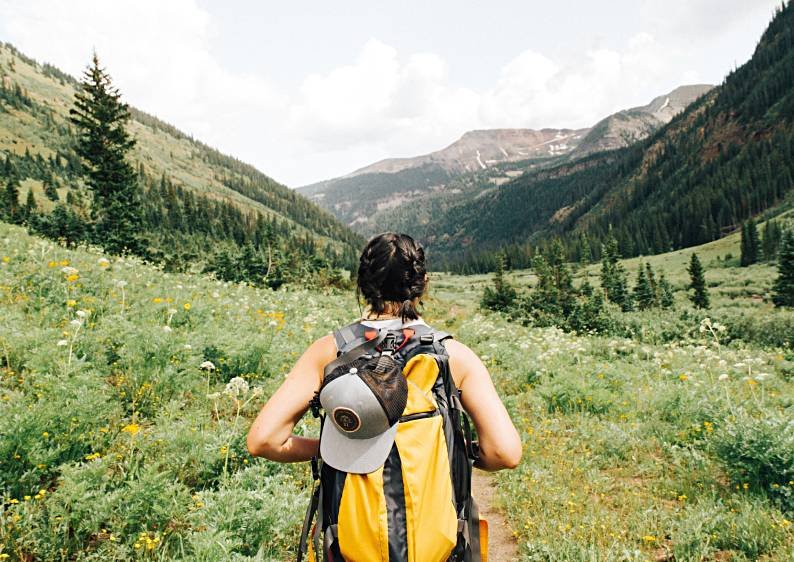The Annapurna Base Camp trek stands as one of Nepal’s most spectacular and accessible high-altitude adventures, offering trekkers an unparalleled journey into the heart of the Annapurna massif. This remarkable expedition combines breathtaking mountain panoramas, rich cultural encounters, and diverse ecosystems, making it a premier destination for adventurers seeking an authentic Himalayan experience.
Overview of the Annapurna Base Camp Trek
Located in the Annapurna Conservation Area of north-central Nepal, the Annapurna Base Camp trek takes adventurers through a natural amphitheater surrounded by some of the world’s most magnificent peaks. The trek culminates at 4,130 meters (13,550 feet), where trekkers find themselves in a spectacular sanctuary encircled by towering giants including Annapurna I (8,091m), Machapuchare (6,993m), and Hiunchuli (6,441m).
This moderately challenging trek typically spans 10-14 days, depending on the chosen itinerary and acclimatization requirements. The route winds through terraced farmlands, rhododendron forests, bamboo groves, and alpine meadows, offering an incredible diversity of landscapes and ecosystems within a relatively compact timeframe.
Route and Highlights
The classic Annapurna Base Camp trek begins in Pokhara, Nepal’s adventure capital, and follows the Modi Khola valley northward. The journey starts with a scenic drive to Nayapul, the traditional trailhead, before ascending through picturesque villages and varied terrain.
Key highlights along the route include Ghorepani, famous for its sunrise views from Poon Hill (3,210m), and the traditional Gurung village of Ghandruk, where trekkers experience authentic mountain culture. The path continues through Chomrong, the gateway to the Annapurna Sanctuary, before entering the spectacular Modi Khola gorge.
The trek’s crown jewel is the approach to Annapurna Base Camp itself, where the trail emerges from dense forests into the pristine alpine environment of the Annapurna Sanctuary. This natural amphitheater provides 360-degree views of the surrounding peaks, creating an almost surreal mountaineering cathedral that leaves visitors speechless.
Cultural Immersion and Local Communities
The Annapurna Base Camp trek offers exceptional opportunities for cultural exchange with local communities. The route passes through traditional villages inhabited primarily by Gurung and Magar people, ethnic groups known for their mountaineering prowess and warm hospitality.
Trekkers stay in family-run teahouses, experiencing authentic Nepali cuisine and learning about local customs and traditions. These interactions provide valuable insights into mountain life, agricultural practices, and the challenges faced by high-altitude communities. Many villages along the route have benefited significantly from sustainable tourism, with trekking providing crucial income while preserving traditional ways of life.
The cultural aspect extends to religious and spiritual encounters, with numerous Buddhist monasteries, Hindu temples, and sacred sites dotting the landscape. Prayer flags flutter in mountain winds, and the sound of temple bells often accompanies the trekking experience, adding spiritual depth to the physical journey.
Flora and Fauna
The Annapurna Conservation Area encompasses remarkable biodiversity, making the trek a paradise for nature enthusiasts. The route traverses multiple climate zones, each supporting distinct ecosystems and species.
Lower elevations feature subtropical vegetation including terraced crops, citrus groves, and deciduous forests. As altitude increases, trekkers encounter temperate forests dominated by magnificent rhododendrons, which bloom spectacularly during spring months, painting entire hillsides in vibrant reds, pinks, and whites.
Higher elevations transition into coniferous forests of pine, fir, and juniper before giving way to alpine meadows and eventually the stark beauty of high-altitude desert landscapes. Wildlife sightings may include langur monkeys, various bird species, and occasionally the elusive snow leopard, though such encounters require patience and luck.
Physical Demands and Preparation
While considered moderate in difficulty, the Annapurna Base Camp trek demands reasonable physical fitness and mental preparation. Daily hiking distances typically range from 4-8 hours, with significant elevation gains and losses throughout the journey.
The trek’s technical difficulty is relatively low, requiring no specialized mountaineering skills or equipment. However, the combination of altitude, variable weather conditions, and sustained physical exertion makes adequate preparation essential. Cardiovascular fitness, leg strength, and hiking endurance should be developed through regular training before departure.
Altitude acclimatization becomes crucial as trekkers ascend above 3,000 meters. Proper pacing, hydration, and recognition of altitude sickness symptoms are vital for safety and enjoyment. Most itineraries include built-in acclimatization days to minimize altitude-related risks.
Best Seasons and Weather Conditions
The Annapurna Base Camp trek can be undertaken year-round, though certain seasons offer optimal conditions. Pre-monsoon spring (March-May) and post-monsoon autumn (October-December) are generally considered the best periods, offering clear skies, stable weather, and excellent mountain visibility.
Spring brings the added bonus of rhododendron blooms and moderate temperatures, while autumn provides crystal-clear mountain views and pleasant daytime conditions. Winter trekking is possible but requires additional preparation for cold temperatures and potential snow, particularly at higher elevations.
Monsoon season (June-September) presents unique challenges including frequent rainfall, cloudy conditions, and increased landslide risk. However, this period also offers lush green landscapes and fewer crowds for those willing to accept the weather-related challenges.
Accommodation and Logistics
The well-developed teahouse network along the Annapurna Base Camp route provides comfortable accommodation and meals throughout the journey. These mountain lodges offer basic but adequate facilities, typically featuring shared rooms, communal dining areas, and simple bathroom facilities.
Meals focus on local and international options, with dal bhat (traditional Nepali meal) being a nutritious and energy-rich staple. Menu variety decreases with altitude, but teahouses generally provide sufficient nutrition for trekking demands.
Essential permits include the Annapurna Conservation Area Permit (ACAP) and Trekkers’ Information Management System (TIMS) card, both obtainable in Kathmandu or Pokhara. Guide services, while not mandatory, are highly recommended for navigation, cultural interpretation, and safety management.
Environmental Responsibility
Sustainable trekking practices are crucial for preserving the Annapurna region’s pristine environment. The “Leave No Trace” principle should guide all activities, with particular attention to waste management, water conservation, and respect for local ecosystems.
The Annapurna Conservation Area Project (ACAP) has implemented various environmental protection measures, and trekkers should support these efforts by choosing eco-friendly accommodation, minimizing plastic use, and respecting wildlife and vegetation.
Conclusion
The Annapurna Base Camp trek represents the perfect introduction to high-altitude Himalayan trekking, combining manageable physical demands with extraordinary rewards. This journey offers an ideal balance of natural beauty, cultural richness, and personal challenge, creating memories that last a lifetime.
From the terraced fields of the foothills to the glacial amphitheater of Annapurna Base Camp, every step reveals new wonders and perspectives. The trek’s accessibility, combined with Nepal’s renowned hospitality and the Himalayas’ undeniable majesty, makes it an essential experience for anyone seeking to understand the true magic of mountain adventure.
Whether viewed as a stepping stone to more challenging Himalayan expeditions or as a standalone achievement, the Annapurna Base Camp trek delivers an authentic, transformative experience that exemplifies the very best of Nepal’s trekking opportunities. The sanctuary awaits, offering its timeless embrace to all who approach with respect,




